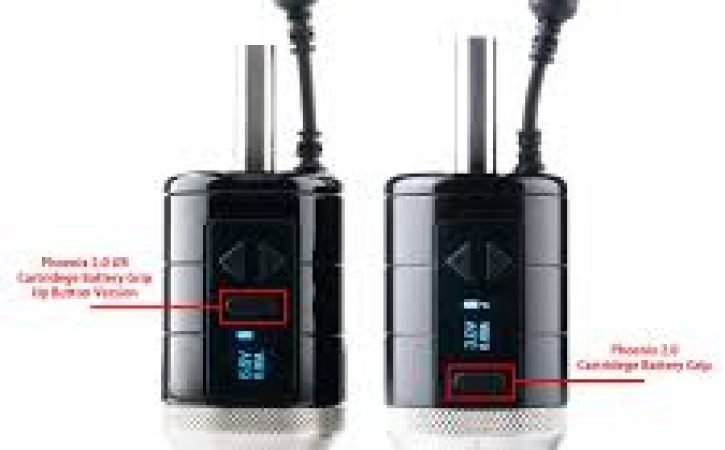
Exploring the Versatility of ASTM A242 Steel Plate
Introduction
In the world of construction and manufacturing, the choice of materials is crucial. Steel, as a versatile and robust material, plays a central role in various industries. Among the numerous steel grades available, ASTM A242 steel plate stands out for its exceptional weathering properties and broad range of applications. In this blog, we’ll dive into the world of ASTM A242 steel plate, exploring its composition, properties, applications, and the advantages it offers in the realm of engineering and construction.
Understanding ASTM A242 Steel Plate
It’s often referred to as “weathering steel” because of its ability to resist the effects of weather and atmospheric conditions, making it a popular choice for outdoor applications. ASTM A242 is available in various forms, including plates, sheets, and strips, making it versatile for a wide range of applications.
Composition and Properties
The key to the remarkable performance of ASTM A242 S355J2WP Steel lies in its unique composition and properties:
Chemical Composition: ASTM A242 steel primarily consists of iron (Fe), which is the base metal, and additional alloying elements, such as copper (Cu), chromium (Cr), and nickel (Ni). These elements work together to enhance the steel’s resistance to atmospheric corrosion.
High Strength: ASTM A242 steel is known for its high tensile strength, allowing it to bear heavy loads and resist deformation under stress.
Corrosion Resistance: The corrosion resistance of ASTM A242 steel is a standout feature. It forms a protective oxide layer on its surface when exposed to atmospheric conditions, which prevents further corrosion and eliminates the need for additional coatings. This makes it ideal for outdoor and marine applications.
Weldability: ASTM A242 steel exhibits good weldability, making it suitable for various construction and fabrication processes.
Applications
The versatility of ASTM A242 steel plate makes it a favored choice for numerous applications:
Construction: It is widely used in the construction of bridges, buildings, and other structural components where exposure to the elements is a concern. The corrosion resistance reduces the need for maintenance and extends the life of structures.
Railroad Cars: ASTM A242 steel is commonly used in the construction of railroad cars due to its durability and ability to withstand harsh outdoor conditions.
Outdoor Sculptures: Many artists and sculptors prefer using this weathering steel for outdoor sculptures due to its unique appearance and ability to develop a beautiful patina over time.
Transmission Towers: The high strength and corrosion resistance of ASTM A242 steel make it a preferred material for transmission towers that must withstand exposure to the elements.
Marine Equipment: Its resistance to saltwater corrosion makes it valuable in marine applications, such as shipbuilding and offshore structures.
Advantages of ASTM A242 Steel Plate
Longevity: Structures and components made from ASTM A242 steel have an extended lifespan due to its weathering properties, reducing the need for frequent replacements or maintenance.
Cost-Efficiency: While the initial cost may be slightly higher than conventional steel, the long-term cost savings, thanks to reduced maintenance and replacement expenses, make it a cost-effective choice.
Aesthetic Appeal: The unique appearance of weathering steel, with its attractive patina, can add an artistic touch to architectural and artistic designs.
Sustainability: ASTM A242 steel is recyclable, aligning with sustainable construction practices and environmental considerations.
Conclusion
ASTM A242 steel plate, with its exceptional weathering properties, high strength, and resistance to corrosion, has established itself as a valuable material in the world of construction, manufacturing, and artistry. Its versatility, cost-efficiency, and sustainability make it an ideal choice for a wide range of applications. As the demand for durable and low-maintenance materials continues to grow, ASTM A242 steel plate is set to remain a key player in shaping our built environment.











